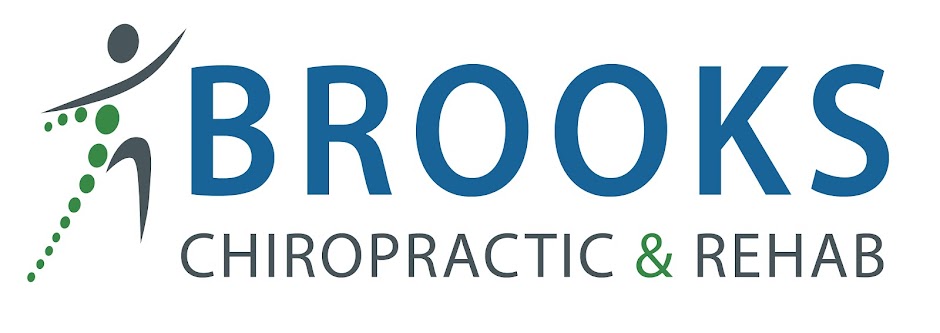ABSTRACT
Objective: To update the 1997 American Academy of Neurology (AAN) practice parameter regarding sports concussion, focusing on 4 questions: 1) What factors increase/decrease concussion risk? 2) What diagnostic tools identify those with concussion and those at increased risk for severe/prolonged early impairments, neurologic catastrophe, or chronic neurobehavioral impairment? 3) What clinical factors identify those at increased risk for severe/prolonged early postconcussion impairments, neurologic catastrophe, recurrent concussions, or chronic neurobehavioral impairment? 4) What interventions enhance recovery, reduce recurrent concussion risk, or diminish long-term sequelae? The complete guideline on which this summary is based is available as an online data supplement to this article.
Methods: We systematically reviewed the literature from 1955 to June 2012 for pertinent evidence. We assessed evidence for quality and synthesized into conclusions using a modified Grading of Recommendations Assessment, Development and Evaluation process. We used a modified Delphi process to develop recommendations.
Results: Specific risk factors can increase or decrease concussion risk. Diagnostic tools to help identify individuals with concussion include graded symptom checklists, the Standardized Assessment of Concussion, neuropsychological assessments, and the Balance Error Scoring System. Ongoing clinical symptoms, concussion history, and younger age identify those at risk for postconcussion impairments. Risk factors for recurrent concussion include history of multiple concussions, particularly within 10 days after initial concussion. Risk factors for chronic neurobehavioral impairment include concussion exposure and APOE ε4 genotype. Data are insufficient to show that any intervention enhances recovery or diminishes long-term sequelae postconcussion. Practice recommendations are presented for preparticipation counseling, management of suspected concussion, and management of diagnosed concussion.
Report of the Guideline Development Subcommittee of the American Academy of Neurology
- Christopher C. Giza, MD*,
- Jeffrey S. Kutcher, MD*,
- Stephen Ashwal, MD, FAAN,
- Jeffrey Barth, PhD,
- Thomas S.D. Getchius,
- Gerard A. Gioia, PhD,
- Gary S. Gronseth, MD, FAAN,
- Kevin Guskiewicz, PhD, ATC,
- Steven Mandel, MD, FAAN,
- Geoffrey Manley, MD, PhD,
- Douglas B. McKeag, MD, MS,
- David J. Thurman, MD, FAAN and
- Ross Zafonte, DO
Dr. Joshua Brooks
